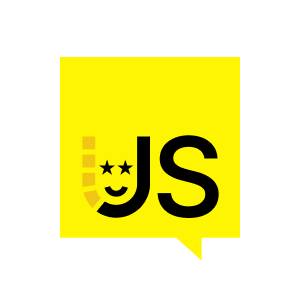♪♪♪ Thanks for being here. Thanks, Phil, for the introduction. And, yeah, I've been in Europe for some time. I stopped counting after the first decade. So, yeah, let's talk a little bit about SolidStarts. Some of you, I hope, I imagine most of you have been in the keynote today where Ryan talked a lot about the challenges of front-end development nowadays, and you probably wondered how a guy that has those ideas would come up with a framework. So, let's talk about it a little bit.
But first of all, yeah, Attila or Achla or whatever rolls off your tongue, if I understand you are talking to me, I'll reply, I promise. I work as a DevRel lead at a company called Crab Nebula. We worked with another framework called Tauri, which is a framework for building hybrid applications, and we do think it has a really good combo with Solid. So, I also work with Solid on a day-to-day basis. I'm part of the Solid DX team, and I'm a GDE. So, if you have any feedback, questions, anything, you can use this handy shortcuts on my website, because naming things in the web is hard, and I just switch handlers everywhere. So, just append a social network and you'll find me, and I promise I'll reply.
But, yeah, without further ado, what the heck is SolidStarts? So, you heard Ryan talking about and you probably know him as a Solid creator. So, SolidStarts is essentially when we put a bunch of other features in Solid to make it a full-stack framework. And the idea is to be efficient, unopinionated, and ergonomic. So, a Solid framework, I would say, because of that whole point that he had when he said that he wanted to build a SolidStarts, a meta-framework that hates meta-frameworks. So, as a DX team member, part of my work is take these nuggets of knowledge, pain, and suffering that he has, and translate that into how that imprints the vision of the tool itself. So, a lot of the slides in this talk are about going deeper into what does that actually mean.
So, first, who here likes LEGO? I love LEGO. I hope you appreciate the analogy. So, yeah, tooling and JavaScript and web development, I'd say, is like LEGO bricks. We go composing things and they don't do much on their own. Hopefully, if they do too much, it's probably a problem. But when they do, they have a bunch of nice features and then we put them together and we build something bigger. That's our apps. And then, we come to the conclusion in the Solid team that if you start gluing the LEGO pieces, it kind of spoils the fun, because then you build something that's great for you at that time, at that period, but then, if you grow up over it, or if you change your mind, or if you see something that's cool that would fit in the middle, it's kind of hard to do it. So, we decided, no, that wouldn't be the case. So, SolidStars is built and the whole Solid ecosystem is actually built around the idea of having great defaults, giving you, like, the best possible experience from the get-go, but also offering tons of flexibility.
















Comments